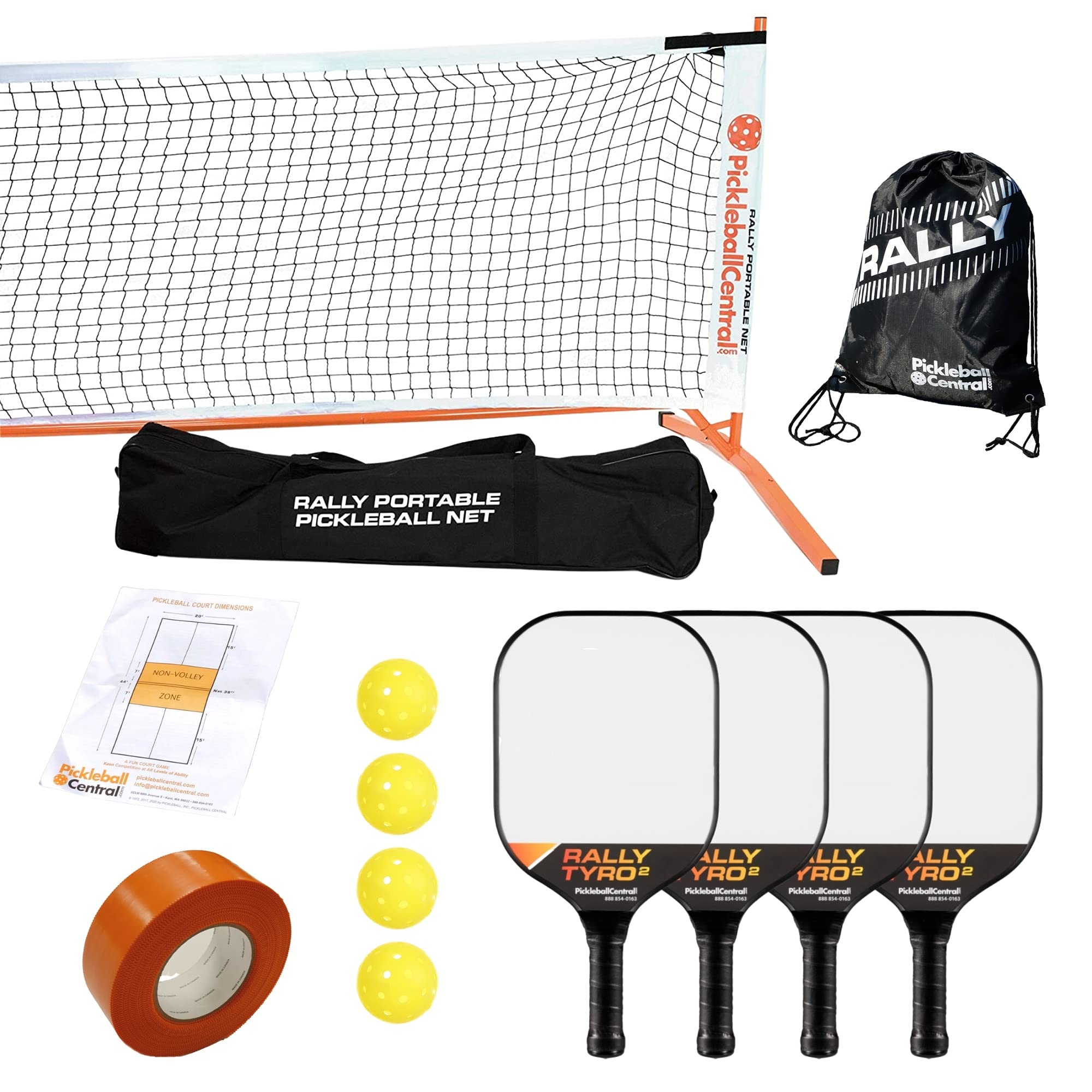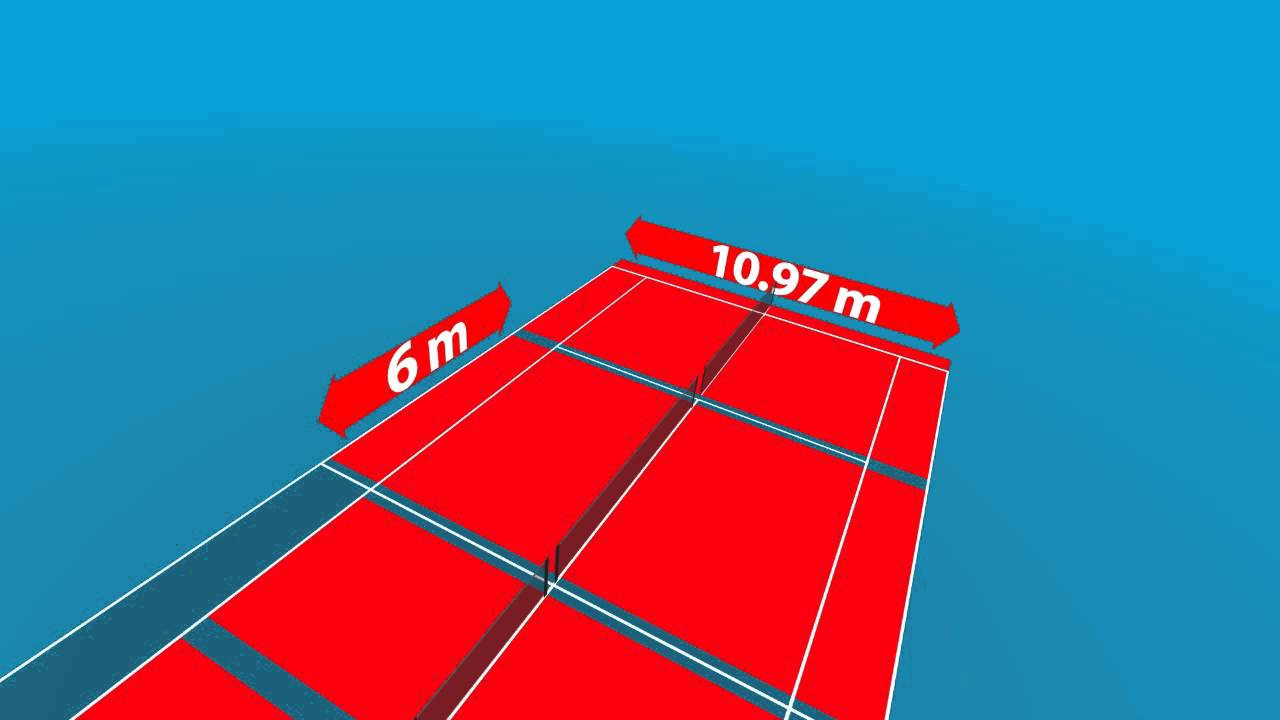
Paddle tennis is a game that is played by two people on a court that is smaller than a conventional tennis court. The paddles are used to hit a depressurized tennis ball over a net that has a lower height than the standard.
There are a number of different styles of paddle tennis, but the most popular versions are those played in Spain, Brazil, Argentina, and Mexico. These countries' beaches are where most paddle courts are found. For example in Argentina, there are 4.5 millions who play the sport. Paddleball courts exist in France, Portugal and other countries. However, these courts are for recreational purposes only.
Paddle tennis has a unique feature: it can be played on a portable, small court. You play doubles so you need to partner. You can find paddle tennis courts in all five boroughs of New York City, and at some public beaches on Long Island.

Paddle tennis can be a great exercise for all ages. You can play with your kids or your significant other. It's also an excellent aerobic workout. It's a great way to socialize with other players, sharing meals after a match.
The courts are also designed to prevent slippage, which is another feature of paddle tennis. The paddles used are generally made of solid fiberglass racquets coated with grit. In winter, the playing area is covered with a heated subdeck.
The United States is home to paddle tennis, which is most popular in the Southeast. However, it is rapidly gaining popularity across the country. It is now part of many fitness programs. Many YMCAs have a paddle court, but they don't always fill up. While there are some cities that have more paddle tennis courts, it is a relatively new sport in most places.
Paddle sports are a great way for people to get together and have a good time. These activities are also popular at Brazilian schools and private golf clubs. People are becoming more creative in their athletic pursuits. It doesn't matter if there's a universal rule for the most popular athletic activity. But it's often a combination of many.

When a player wins a paddle match, they earn points for their performance. Points are awarded based upon strategy and ability to keep other teams guessing. Usually, the best scores come from players who are more skilled.
Padel and Racquetball are two other variations. The most famous version of padel is the one that was invented in Acapulco Mexico in 1969. This is the most widely practiced version of the sport. There are approximately 10 thousand padel courts around the globe.
A lot of people view paddleball as more about being the best than playing it. This is why there are not national rankings for the sport. The USPTA however claims that the sport is played in many countries.
FAQ
Is exercise good for me?
Yes. Yes. Regular exercise can help you lose weight and burn extra calories. You can also increase your metabolism, which means you will continue to burn calories even if you don't exercise.
What is the importance and benefits of good nutrition for your health?
For our well-being and health, nutrition is essential. A healthy diet should include fruits, vegetables and whole grains as well as lean proteins, dairy products, and legumes. A healthy diet will help you stay active and fit, which in turn leads to better overall health.
What are Cardio Exercises?
Cardiovascular activities are any exercise that makes your heart work harder than normal. You can do this by running, swimming, biking, rowing and bicycling. These activities can help you lose weight and speed up your metabolism. They are also great ways to keep fit.
Which Is more important? Exercise, diet, sleep?
Your goals will dictate the answer. It is important to lose weight. For building muscle mass, exercise is key. Finally, sleep is the least important factor since it only affects how well you perform during the day.
Can I eat while I'm exercising?
Yes. You can eat what you like while you work out. Choose low-calorie snacks like watermelon. These foods are high in nutrients, which can improve your performance during training.
Statistics
- Adolescent girls were less active than adolescent boys, with 85% vs. 78% not meeting WHO recommendations of at least 60 minutes of moderate to vigorous intensity physical activity per day. (who.int)
- In 2018, the World Health Assembly agreed on a global target to reduce physical inactivity by 15% by 2030 and align with the Sustainable Development Goals. (who.int)
- One study showed that adults who watch more than 4 hours of television daily had an 80% higher risk of death from cardiovascular disease. (heart.org)
- Globally, 81% of adolescents aged 11-17 years were insufficiently physically active in 2016. (who.int)
External Links
How To
How To Burn Belly Fats Faster
Belly Fat is usually seen as a problem when we want to lose weight. However, Belly Fat can be beneficial if you really think about it. Your organs are protected by the fat around your stomach. So let's see how to burn belly fat fast.
Stress and inactivity are two of the major factors that cause us to store body fat. The cortisol hormone stimulates stress which makes us hungry. Cortisol increases insulin levels in our blood. Insulin then stores excess calories as fat. Insufficient sleep can lead to an increase in appetite and adrenaline release. Exercise helps to break down these extra calories.
There are many ways to reduce belly fat. You can choose to try any of these options, depending on your budget. These tips will help you quickly get rid of belly fat.
-
Reduce your food intake. Instead of eating three large meals per day, try to eat smaller meals. You'll eat fewer calories this way.
-
Get plenty of water. Water flushes out toxins, and keeps your body hydrated. Also, drinking water before every meal will keep you feeling full longer so you won't overeat.
-
Avoid unhealthy snacks. If you're looking for quick fixes, snack foods like chips, cookies, candies, etc. might seem tempting. These sugary treats have lots of empty calories so avoid them. Instead, opt for healthy alternatives such as fruits, vegetables and whole grains.
-
Three times per week, strength training is recommended. Strength training builds muscle mass which burns more calories even while resting. Strength training strengthens bones, muscles and ligaments. It can also improve the heart, lungs, joints, and other body systems.
-
Regularly walk or stretch. Stretching increases flexibility and mobility. It also reduces back pain. Walking is a great way of burning calories, especially when you do it for just 30 minutes.
-
Reduce alcohol intake. Your diet is empty of calories, and alcohol has no nutritional content.
-
You can lose weight slowly. To lose weight, the first step is to determine what your current weight. Then calculate your ideal weight by adding 5% to 10% of your total body weight. Once you have calculated your target body weight, you can begin to cut calories by 500-1000 calories every day until your goal is reached.
-
Avoid processed foods. These foods are high-in salt, sugar, as well as preservatives. Although they are convenient, processed foods don't have enough nutrients to sustain your health.
-
Don't skip breakfast! Consuming breakfast increases concentration, memory and energy levels. You should have protein (such as eggs) and fiber (such as oats) for breakfast.
-
Have regular bowel movements. Constipation and irregularity cause bloating and gas. Drink plenty of water to prevent gas and fiber ingestion.